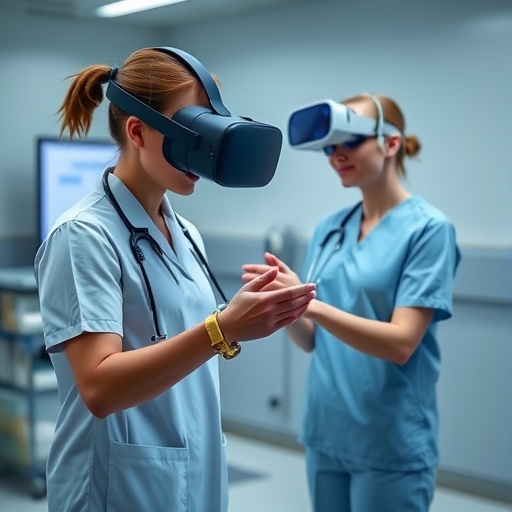Novel treatment targets solitary cell type to treat disease with minimal side effects
(Boston)–Researchers have identified that dysfunction of a specific immune cell, called B cells, underlies lung disease that affects patients with the rare immunological disorder known as common variable immunodeficiency (CVID). Therapeutically targeting these B cells improved the lung disease in all patients they treated. This was the largest study ever conducted for treatment of CVID lung disease.
Primary immunodeficiencies are genetic disorders that predispose a person to infection and immunological disease. CVID is the most prevalent symptomatic primary immunodeficiency and is typically diagnosed in adulthood. In addition to infections, CVID leads to reduced survival and quality of life and is frequently complicated by interstitial lung disease (ILD) that has no known etiology or adequate therapy.
Researchers studied 73 CVID patients and found their levels of immunoglobulin (Ig) M increased when their ILD worsened. This elevation of IgM in the blood reflected the extent of IgM production locally by B cells in the lungs. They then found that by depleting B cells with the drug rituximab they could effectively treat CVID ILD. They also identified a protein that activates B cells known as B cell activating factor (BAFF) that contributes to lung disease recurrence in CVID, which they believe may serve as an additional therapeutic target in the future.
“Because we are able to treat these patients using a precision medicine approach, we can spare them the side effects of more broadly immunosuppressive therapies that have been previously tried in these patients with mixed results,” explained corresponding author Paul J. Maglione, MD, PhD, assistant professor of medicine at Boston University School of Medicine (BUSM).
According to the researchers, the ability to identify elevation of immunoglobulin M as a marker of lung disease progression in CVID, allows the physician to know precisely when their patients need treatment without having to wait for their lung disease to decline.
Maglione hopes this study will lead to safer and more potent treatment of lung disease in CVID. He believes it demonstrates that new therapies can continue to emerge through biomedical research and bring hope for illnesses that are difficult to treat, rare, or otherwise poorly understood.
###
The research was performed while Maglione was on staff at Icahn School of Medicine at Mount Sinai.
These findings appear online in the journal JCI Insight.
Funding for this study was provided by grants from the Primary Immune Deficiency Treatment Consortium, Rare Disease Foundation, NIH grants AI137183 (to PJM) and AI061093 (to CCR) and the Swedish Research Council and Swedish Society of Medicine grant 2015-06486 (to EKG).
Media Contact
Gina DiGravio
[email protected]




